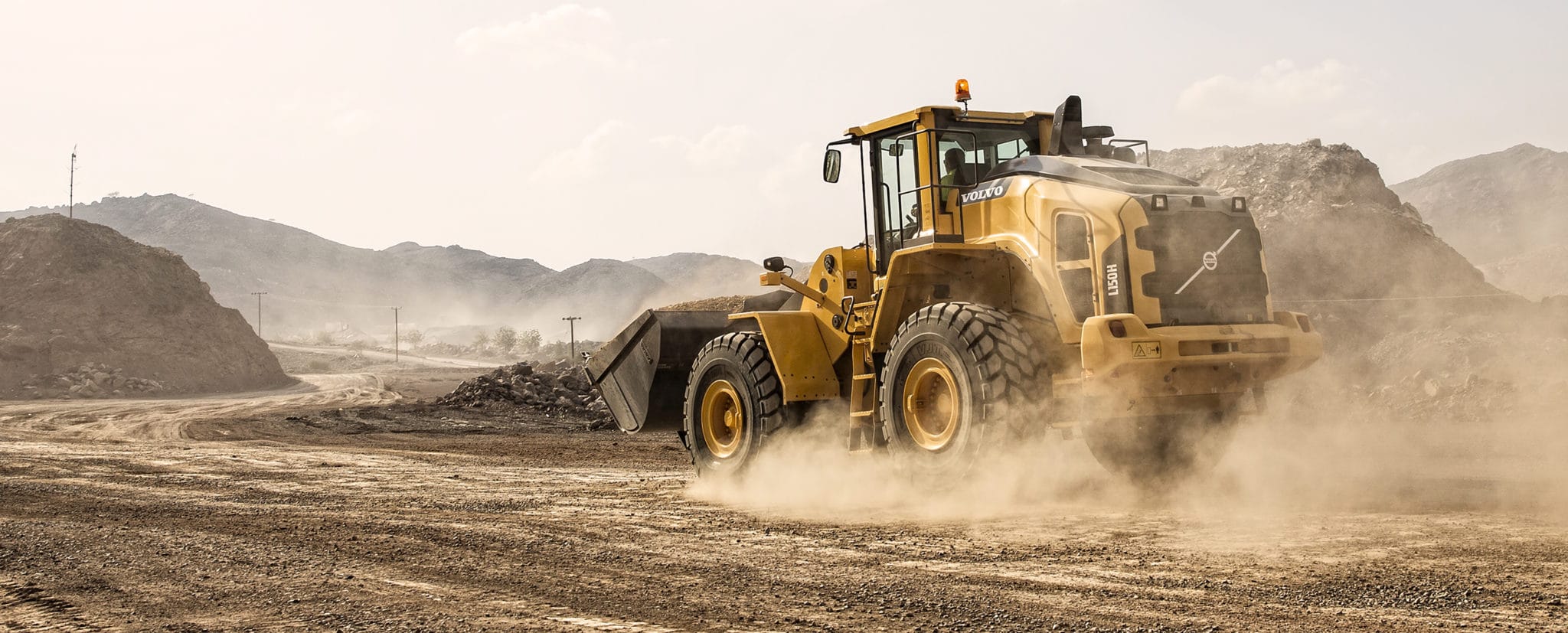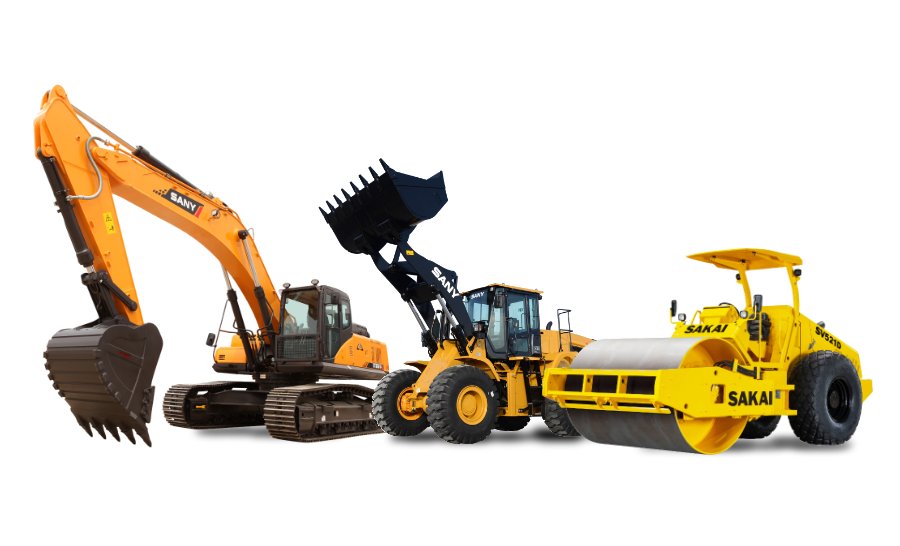Forklift Rental Providers for Industrial and Commercial Usage
Renting Out Vs. Buying Building And Construction Equipment: Making the Right Option for Your Task
When starting a building and construction task, among the important decisions that predict managers and stakeholders deal with is whether to buy or rent out building and construction equipment. Both options have their downsides and advantages, making the choice a crucial one in the project preparation procedure. The choice hinges on various elements such as price factors to consider, job period, tools upkeep, risk, scalability, and adaptability administration. Each element plays an essential function in establishing one of the most suitable course for the task's equipment needs. mini excavator rental. Let's explore these factors even more to understand how they influence the decision-making process and inevitably the success of the task.
Expense Factors To Consider
Renting out equipment commonly needs lower preliminary repayments compared to buying, making it an eye-catching choice for temporary jobs or contractors with spending plan restrictions. In the lengthy run, constantly renting out devices can build up higher costs than buying, specifically for extensive projects.
On the various other hand, purchasing building and construction tools involves higher in advance prices but can result in long-lasting savings, particularly for constant users or lasting jobs. Ultimately, the decision in between renting out and purchasing building devices hinges on the project's period, regularity of use, budget plan factors to consider, and long-lasting economic goals.
Task Period

On the other hand, for lasting jobs or recurring construction job, acquiring equipment might be the extra economical choice. Acquiring equipment can result in set you back savings over time, particularly if the tools will be frequently utilized. Additionally, owning devices gives a sense of control over its availability and enables personalization to fit particular job needs.

Equipment Upkeep
Provided the essential duty task duration plays in identifying one of the most cost-efficient technique between getting and renting out building equipment, the focus currently changes towards taking a look at the vital facet of devices upkeep. Proper maintenance is essential for guaranteeing the optimum efficiency and durability of building and construction devices. Leasing devices typically comes with the advantage of having well-maintained machinery supplied by the rental business. This can relieve the burden of upkeep jobs from the project proprietor or service provider, saving effort and time. On the other hand, having tools requires a positive strategy to upkeep to stop malfunctions, make certain safety, and prolong the devices's life continue reading this expectancy. Normal evaluations, servicing, and timely repair work are essential to keep owned tools in top working condition. Consider maintenance costs when determining between leasing and purchasing, as disregarding upkeep can cause costly fixings, downtime, and job delays. Ultimately, a well-kept building equipment fleet, whether leased or owned, is crucial for the efficient and successful conclusion of construction tasks.
Adaptability and Scalability
In the realm of building equipment management, the aspect of flexibility and scalability holds considerable importance for project efficiency and source application. Choosing to lease building and construction tools provides a high degree of adaptability as it permits the fast change of tools kinds and amounts based on the progressing requirements of a project. Renting out makes it possible for contractors to access a variety of specialized devices that may be needed for particular tasks without the long-term dedication of ownership. This adaptability is especially beneficial for jobs with varying needs or unclear durations (heavy equipment rental).
In addition, scalability, another important element, is naturally connected to adaptability. Renting building tools uses the benefit of conveniently scaling procedures up or down as project needs vary. Service providers can swiftly exchange or add devices to match the job's altering needs without the constraints of having properties that may come to be underutilized or outdated. This ability to scale sources successfully can cause cost savings and boosted job timelines, making leasing a desirable alternative for jobs needing versatility and receptive source allotment.
Threat Monitoring
Efficient risk management in building tools procedures is critical to guaranteeing project success and mitigating prospective monetary image source losses. Building and construction jobs naturally entail different dangers, such as equipment break downs, accidents, and job delays, which can dramatically impact the job timeline and spending plan. By meticulously thinking about the threats connected with owning or leasing building and construction equipment, task supervisors can make informed decisions to reduce these prospective hazards.
Leasing construction tools can use a level of risk reduction by transferring the responsibility of repair and maintenance to the rental business. This can lower the monetary concern on the task proprietor in case of unanticipated equipment failings (boom lift rental). Additionally, leasing offers the versatility to access customized tools for details project stages, decreasing the danger of possessing underutilized equipment
On the various other hand, owning construction devices supplies a feeling of control over its usage and maintenance. Nonetheless, this also suggests bearing the full responsibility for fixings, maintenance expenses, and devaluation, boosting the monetary threats linked with devices ownership. Mindful danger assessment and consideration of elements such as task duration, devices utilization, and maintenance demands are essential in determining the most suitable choice for effective risk monitoring in building tasks.
Conclusion
To conclude, when determining in between acquiring and renting building and construction equipment, it is essential to take into consideration cost, project period, devices maintenance, scalability, danger, and flexibility management. Each aspect plays an essential duty in establishing one of the most suitable option for the task handy. By thoroughly assessing these facets, project managers can make an educated choice that lines up with their budget plan, timeline, and overall project goals.
